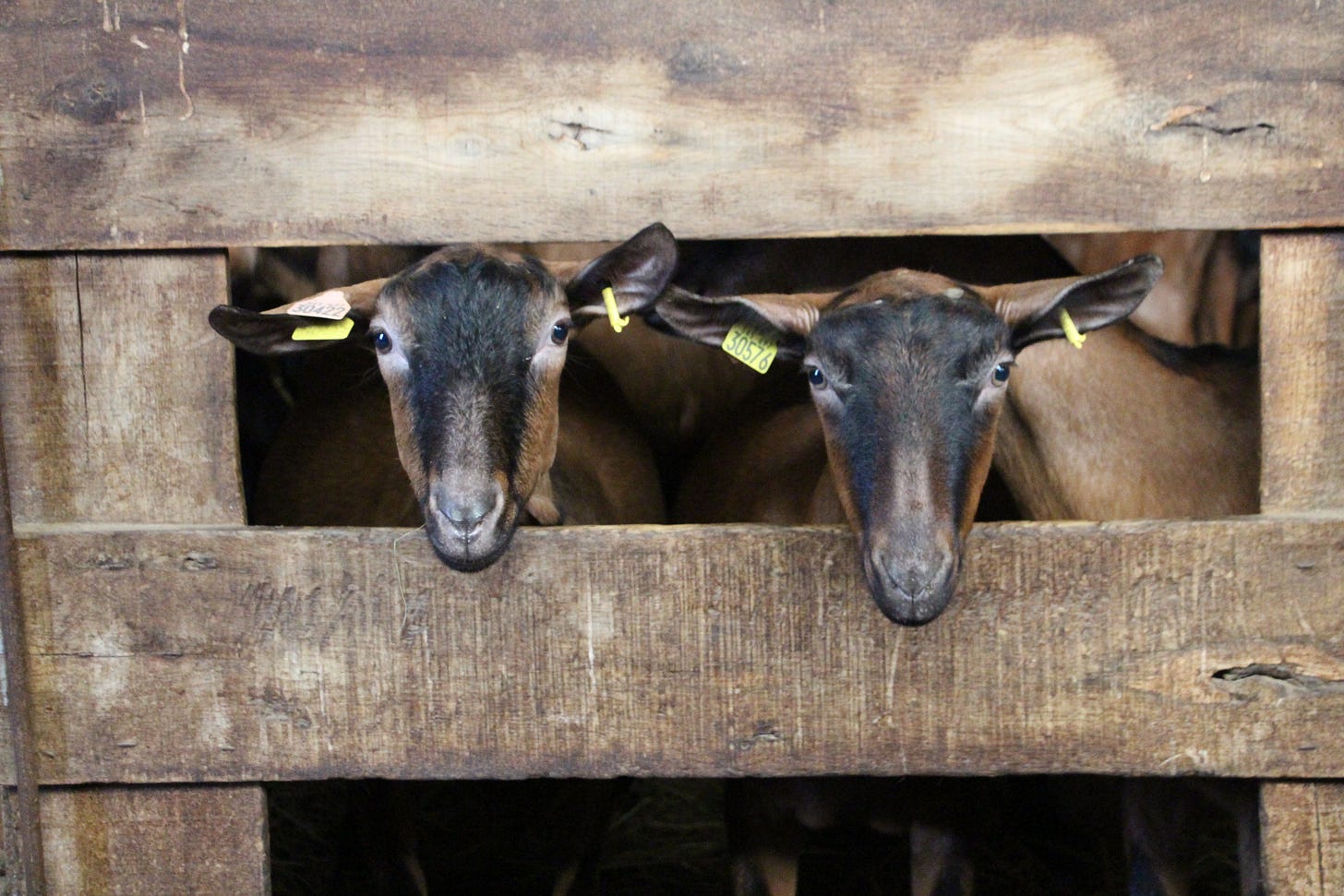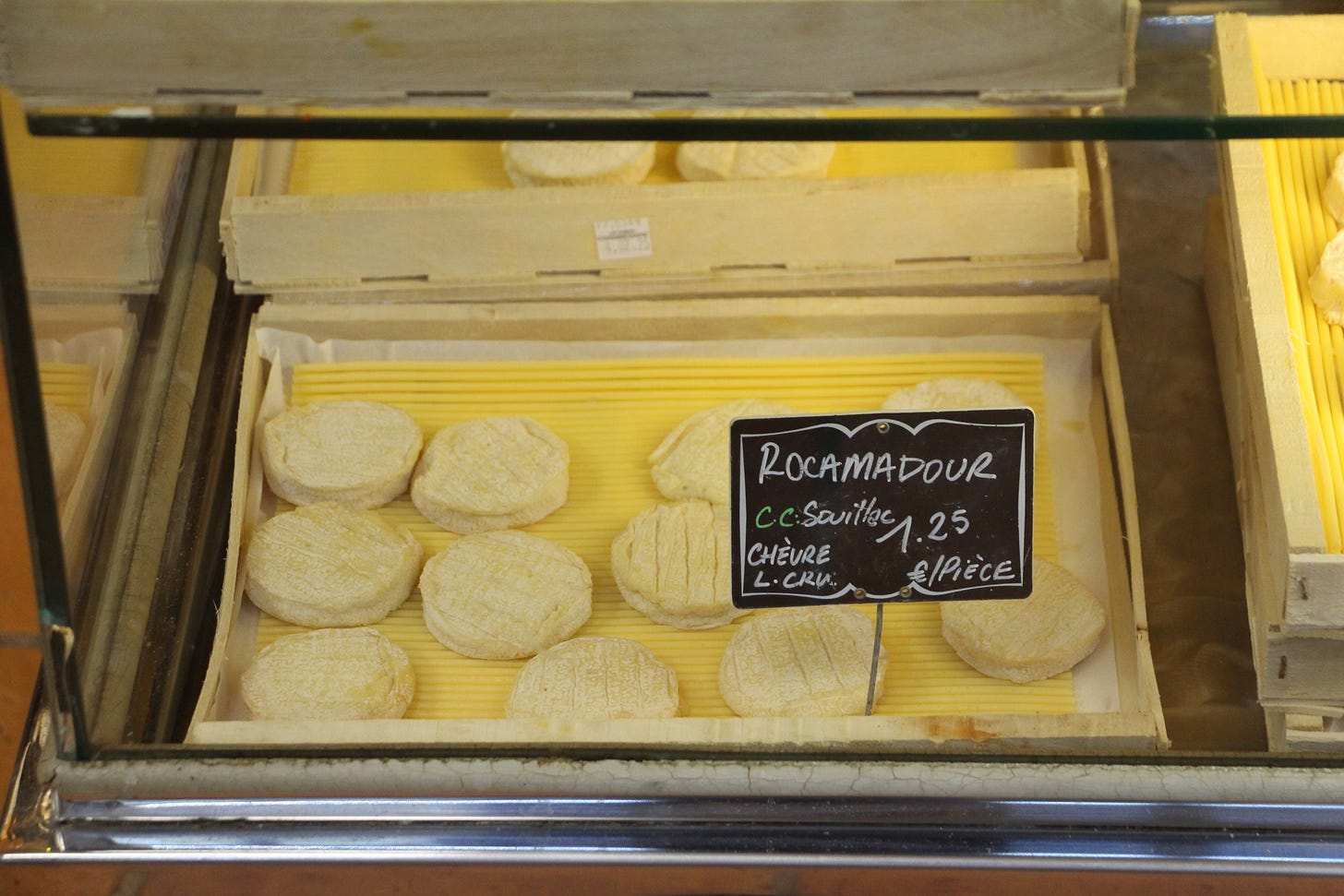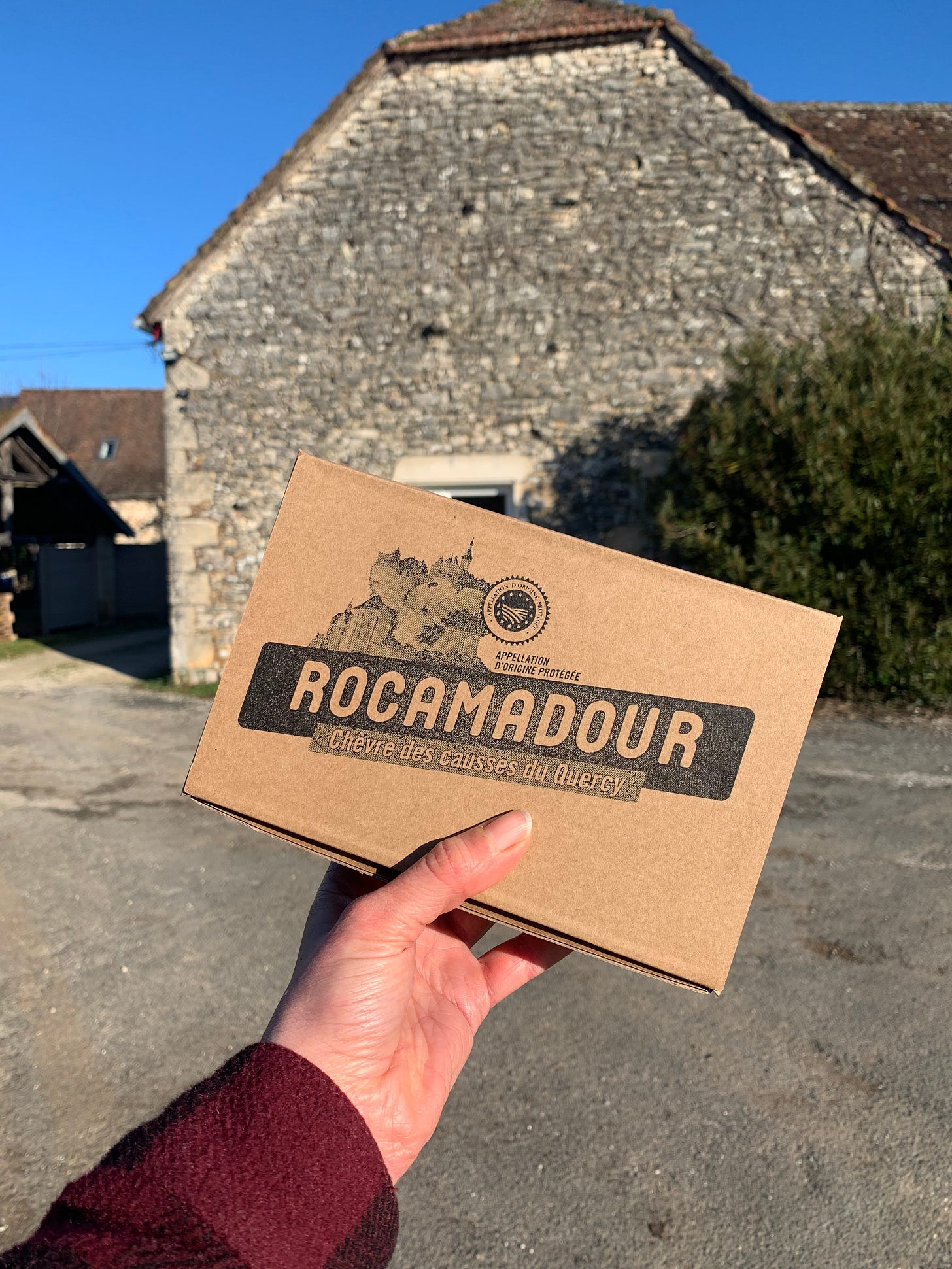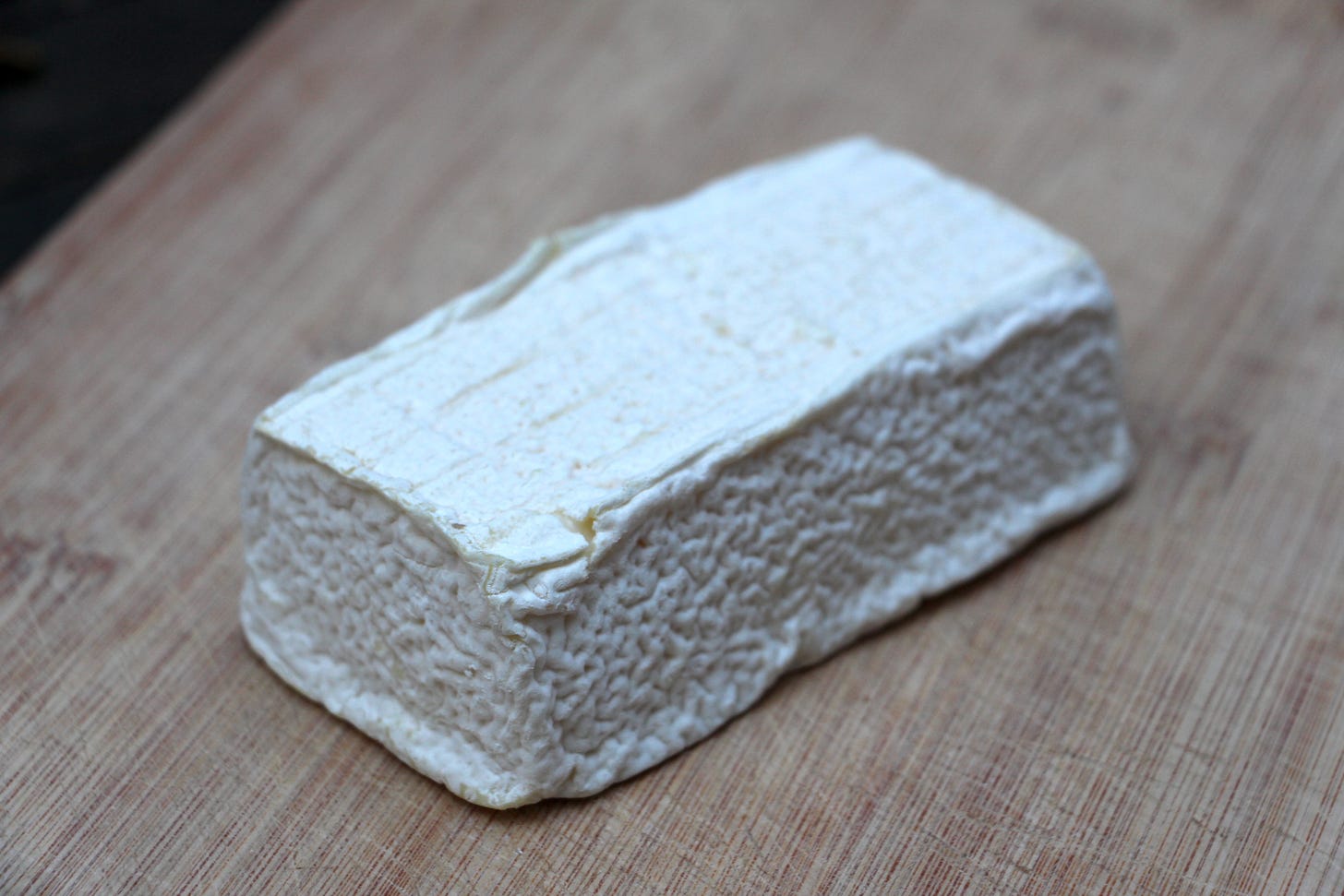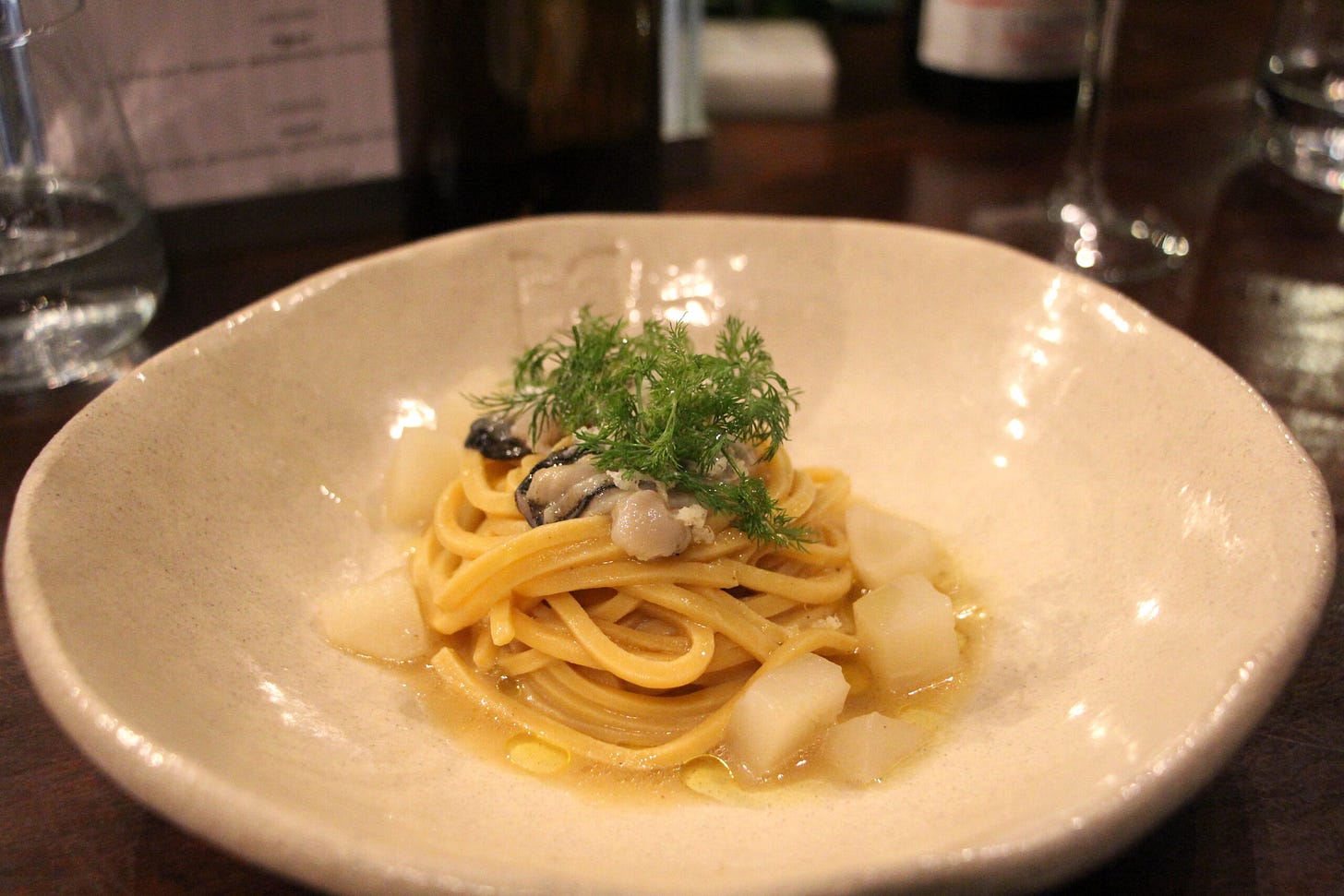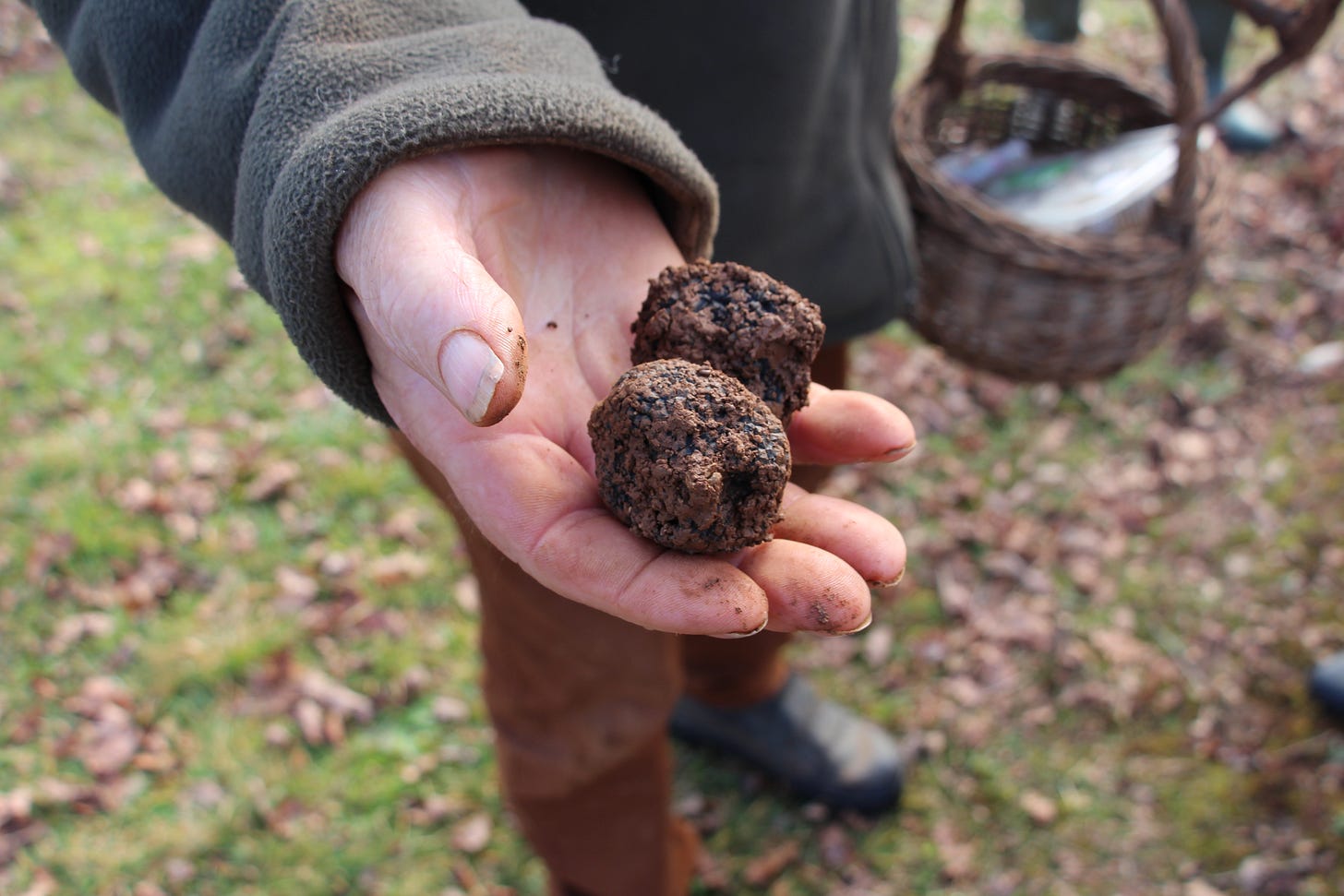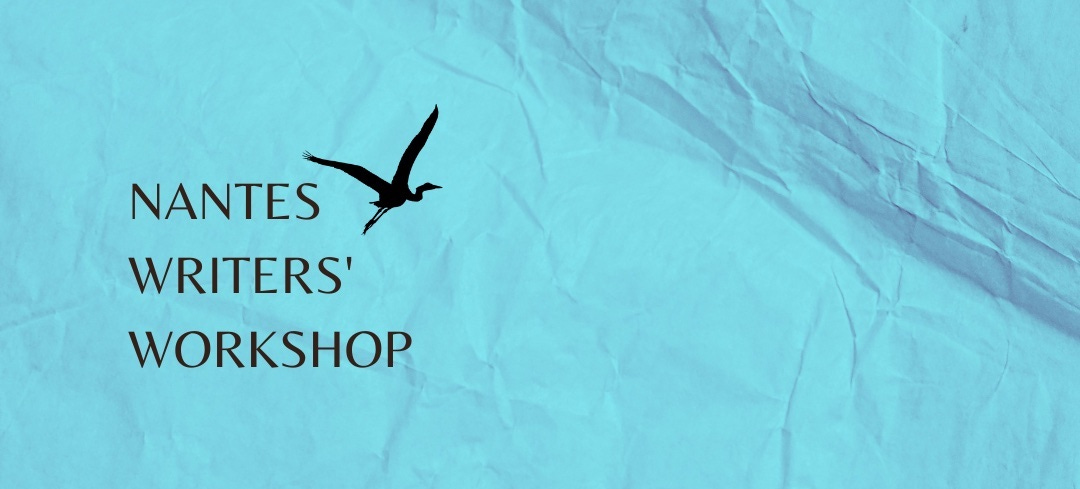Emily in France 🇫🇷 Discovering Black Gold in the Périgord – Part Three
France's smallest AOP cheese and its oldest officially beautiful village
I don't typically set a New Year’s resolution. Instead, I like to pick a word to govern my decision-making for the year. This year, I was gravitating towards serendipity, only to realize that serendipity is, by its very design, unengineerable. Instead, I settled on spontaneity, which thus far has proven to be a challenge for this type A planner. But it’s also paved the way for moments of serendipity, as with the recent discovery of a delightful little cheese farm making some of the tastiest chèvres I’ve ever tried.
But to get there, I had to bump up against a fair bit of failure.
My recent trip to the Dordogne Valley was planned for me by the local tourism board. In large part, I bowed to their expertise; my one request was to visit a farm making local Rocamadour cheese. But due to a communications SNAFU, the folks at the farm the tourism board had chosen weren't expecting me.
Everyone scrambled to help, from administrative assistant on site trying to schedule a new visit to reps from two local tourism boards looking for – and ultimately finding – another place for me to visit. I snapped a few shots of some very happy goats and continued on my way.
I have contended, on past sojourns through rural France, with a GPS that thinks something is a road that, in fact, is Very Much Not a Road. But the sun was setting, and I decided to trust the right turn into the woods, only to find myself inching forward while my rental car screeched that the trees were Very Much Too Close. When finally I emerged, night had fallen, I was exhausted, and where the fromagerie was meant to be sat a farm shop not attached to a farm. Dejected, I decided to continue to my home for the night.
My next day only cemented my low spirits: While visiting Sarlat, I (somewhat serendipitously) got to taste the cheese I’d gone without at Chez Pierrô. And though it was delicious, it only made me angrier: at my lack of sense of direction, at the fact that, despite trying my darndest, the part of the trip that I was perhaps most excited about had failed to bear fruit.
That night, I was to spend the night at La Ferme de la Truffe. I recounted the story to my hostess, Delphine, who informed me that a local Rocamadour would be served with dinner that night… and what’s more, within moments, she was on the phone with its producers. And though the next morning was a Sunday, Sophie Delpeuch was there bright and early to greet me.
She welcomed me warmly, showing me how the cheeses are aged first on one side, to ensure that they take on the imprint of the grates, before being flipped rack by rack. She also showed me how a good Rocamadour should age, so that its super-thin rind can be slipped easily over the cream line below.
She shared the stories some of her newer developments, from miniature Rocamadours to more imposing ones, and even the goat’s milk yogurt she developed during lockdown to make the most of the goats’ rich milk.
She offered me some samples – and wouldn’t take no for an answer – so I tucked them into my car and continued on my way, bypassing the farm I’d missed in the darkness the night before (it had been just across the road from the farm stop) and finding that it was closed. Just as well… I had a carful of the best Rocamadour I’d sampled, with a barely-there caprine note and a lovely, almost whipped texture within.
Thanks to Sophie’s flexibility, I had gotten on the road a bit earlier than planned, and I had loads of time before I needed to return my rental car in Brive la Gaillarde. As the sun was shining, I decided to take a detour in Collonges-la-Rouge, an historic village originally founded by the monks of Charroux Abbey. The village stands out thanks to the red clay stone used to build it.
Collonges is remarkably well-preserved, thanks to a local association founded at the beginning of the 20th century that eventually led to the entire village being classed as an historical monument in 1942.
It was also here that, in 1981, the idea of the Plus Beaux Villages de France association was developed. Today, 176 member villages sport the title of Most Beautiful Villages in France. And with help from the local tourism office – which I managed to swing by just before it closed for lunch – I took myself on a lovely discovery tour before heading back to Paris.
How serendipitous is that?
Cheese of the Week
While Rocamadour is the star product at GAEC des Champs Bons, they’ve also branched out to create some other creations. The far more consequential Lingot du Causse boasts whipped, mousse-like texture inside and a lovely creamy breakdown beneath the thin rind. This cheese is more buttery than overtly goaty, with a lovely lactic quality and just the right hint of salt. I paired it with honeycomb for a totally swoon-worthy bite.
To discover more of my favorite cheeses, be sure to follow me on Instagram @emily_in_france, subscribe to my YouTube channel, and tune into the Terroir Podcast, where Caroline Conner and I delve into France's cheese, wine, and more one region at a time.
What I’m Eating
The daring and creativity of Chef Tsuyoshi Yamakawa cannot be denied, but Double is not a restaurant I’d recommend to just anyone. The no-choice prix fixe means you cannot be picky, and above all, the shared format means you’ll need to go with someone you know quite well. More on the blog.
Where I’m Going
1. To emcee what is sure to be a phenomenal open mic featuring poetry and prose in English and French at HOBA with the team at Version Originale.
2. To host yet another cheese tasting in my favorite covered market in Paris, which one recent guest called “one of the highlights of their trip.”
3. To catch this exhibit from Turkish artist Yaz Taşçı before it ends.
What I'm Writing
1. In the heart of France, 200 kilometers (about 124 miles) east of Bordeaux, Périgord has long been synonymous with black gold: Aromatic Tuber melanosporum, aka Périgord truffles, which are one of the most expensive ingredients in the world. Here’s where to find them. For Smart Luxury.
2. You might want to put down that nightly glass of supposedly heart-healthy red wine. In early January, Surgeon General Dr. Vivek Murthy called for a warning label to be added to all alcoholic beverages, cautioning consumers about the link between alcohol consumption and seven different kinds of cancer. For Organic Authority.
3. From the archives: Earlier this year, cheese fans panicked following the publication of new research on essential cheesemaking moulds, certain the end was nigh for beloved Brie and Camembert. But is the future of French cheese really at stake? I attempted to find the answer for the BBC.
What I’m Doing
The Nantes Writers’ Workshop is coming back for the third time this June, from the 16th to the 20th.
The week-long workshop encompasses a two-pronged approach to sparking your creativity and honing your craft. Spend mornings with me generating new material with guided prompts inspired by the city of Nantes, and spend afternoons ensconced in an Iowa-style workshop with co-founder Anna Polonyi, an Iowa alum and professional creative writing instructor.
Applications are now open – we’d love to welcome you!
FAQs
With the goal of bringing you the content you crave, I've solicited your help. What questions can I answer for you? Drop them into the newsletter chat, and I’ll answer as many as I can!
What I'm Reading
1. I love reading books set in the places I'm traveling to, so in advance of a recent trip to Belize, I checked Our Man in Belize out of my local library. I found it a bit slow-going at the outset, but about 50 pages in, it takes off, ringing a bit of Peter Mayle, if Peter Mayle were in the foreign service in Central America in the '50s. Surrounded by bonkers characters and unending bureaucracy, Richard Conroy manages to muddle through and convey even the most dire of emergencies – including his experience during Hurricane Hattie – with heart and humor.
2. This story about a common culinary fungus used in Indonesia that may well be the solution to our food waste woes. In Grist.
3. This real-life mystery story about a writer who, fed up with how long it takes to publish writing traditionally, opted instead to send his work to people he admired anonymously through the mail – and the dogged writer who finally tracked him down. In the New Yorker.
A bientôt !



